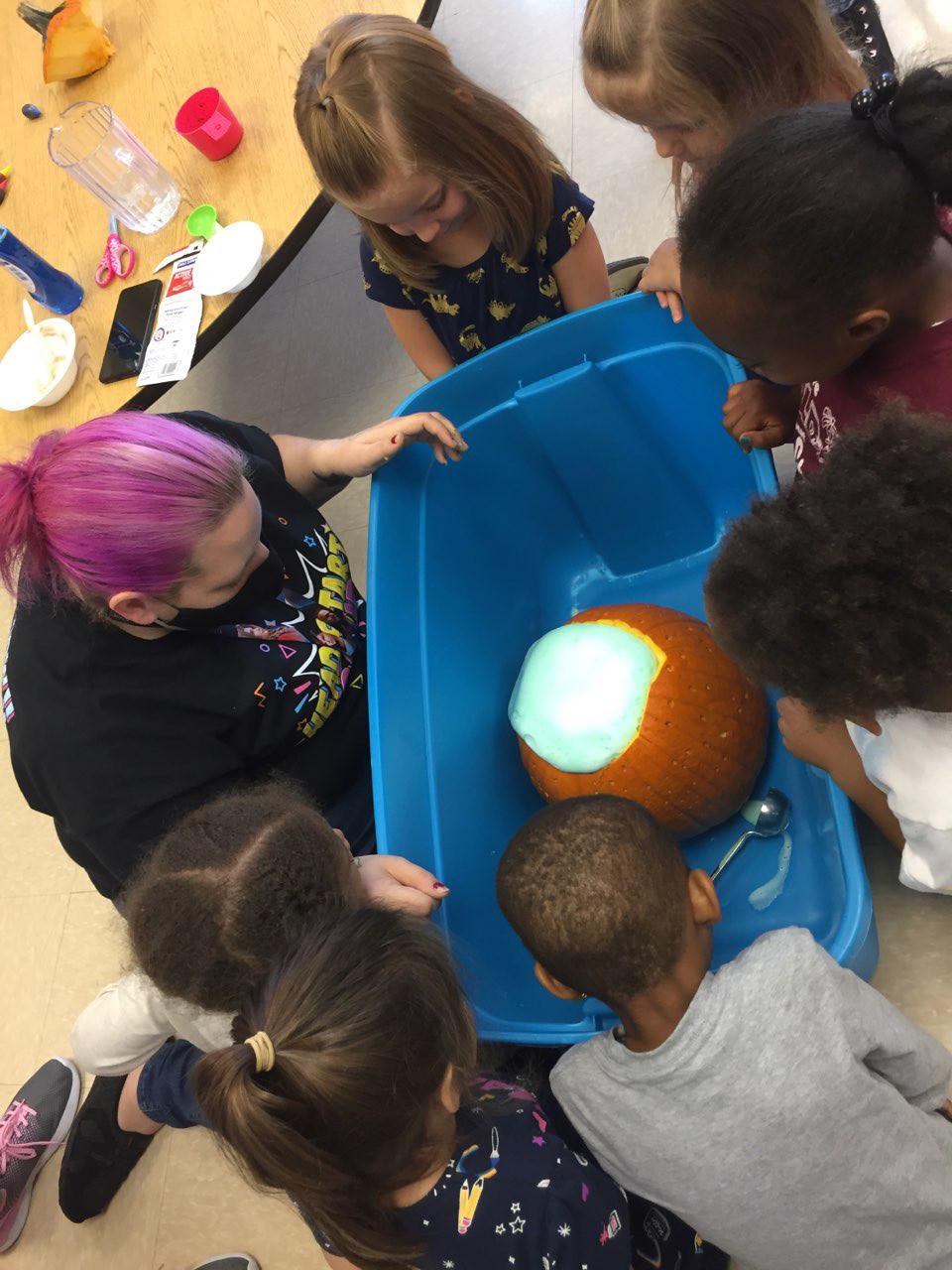
1 minute read
Young Children Can - and DO! - Enjoy Science
The thought of teaching science to a preschooler can be intimidating. Don’t you need flasks, vials, microscopes, or other expensive products? Absolutely not! All you really need are some common household items or toys, and good questions.
Preschoolers learn more by doing rather than being given information. Don’t dampen their curiosity with long explanations, instead build their excitement by having them make predictions and then try out their theories.
Less explanation and more hands-on learning is the key to building a scientific mind. Additionally, stick to things they already know about and build on that, rather than starting from scratch.
Now is a good time to experiment with snow or ice. Ask your child which will melt faster: an ice cube or snowball that is sitting out on a plate, one with a blanket over it, or one that the two of you pass back and forth to each other. Next, test out the hypothesis.
Afterward, talk about what happened. Is that what your child thought would happen? If not, why does he or she think it happened the way it did? Use this time to introduce new vocabulary, such as temperature and friction.
Everyday objects become science experiments and discoveries if you simply ask questions and work together to find the answers.

Students at Griswold Head Start enjoyed a fun experiment earlier this fall called “Pumpkin Explosion.” Using everyday objects, students discussed what they thought would happen (their hypothesis) as each ingredient was added. They used hydrogen peroxide, active yeast, dishwashing soap, warm water and food coloring to fill the pumpkin and create the “explosion” that was bigger than anyone predicted.







